Charcoal drawing is a forgiving medium ideal for beginners and professional artists alike. Its versatility allows for both dramatic, bold lines and subtle shading, providing a range of expression that few other materials can match. If you’re an aspiring artist looking to explore this medium, understanding the basics and applying a few tips and tricks can make charcoal drawing a rewarding and manageable pursuit. Let’s delve into methods to enhance your charcoal drawing skills.
Getting Started: Understanding the Medium
Choosing the Right Charcoal
There are different types of charcoal available, including vine, compressed, and pencil form. Vine charcoal is soft, easily smudged, and erasable, making it perfect for sketches and light drawing. Compressed charcoal, on the other hand, is harder and darker, suitable for more defined lines and deeper shading. Charcoal pencils offer precise control and are ideal for detailed work. Experiment with each to understand their unique qualities and to decide which best suits your style.
Preparing Your Paper
The choice of paper is just as important as the charcoal. Rough-textured paper will grab more of the charcoal, creating darker, more textured lines, while smoother paper allows for finer detail and lighter shading. Thicker paper is also beneficial as it can withstand repeated erasing and blending without tearing. Before starting your drawing, consider taping down your paper to prevent curling and shifting.
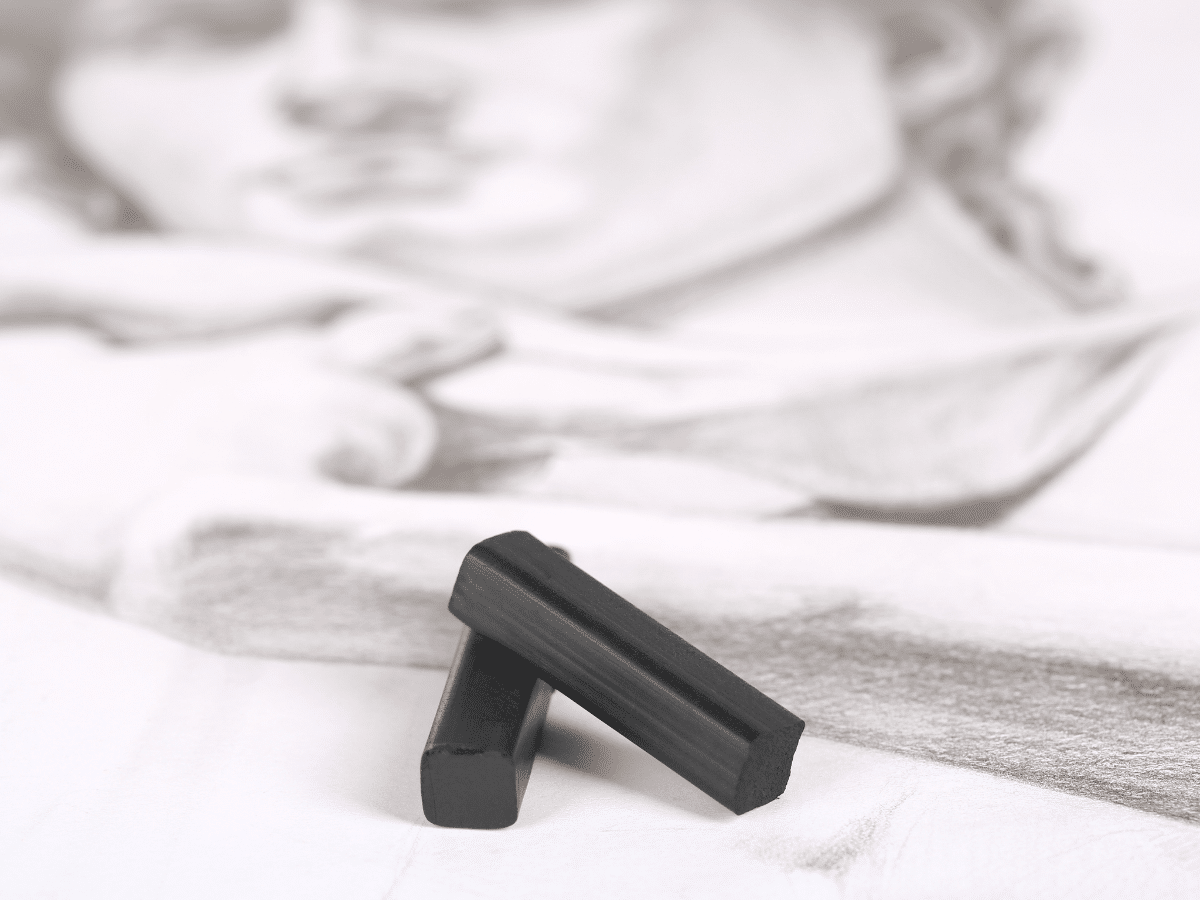
The Basics of Charcoal Drawing
Mastering Light and Shadow
Charcoal drawing excels at capturing the interplay of light and shadow. Start by identifying your light source and the shadows it casts. Use soft vine charcoal to block in the darkest areas of your subject lightly, gradually building up to the level of darkness desired. Remember that it’s easier to darken a light area than to lighten a dark area, so proceed cautiously.
Techniques for Texturing
Charcoal allows for varied texturing techniques that can bring a drawing to life. Hatching and cross-hatching with charcoal pencils create texture and depth. You can also employ stippling for a pointillist effect or use the side of the charcoal stick for broad strokes. For added texture, consider using tools like a blending stump or your fingers to smudge and blend your charcoal.
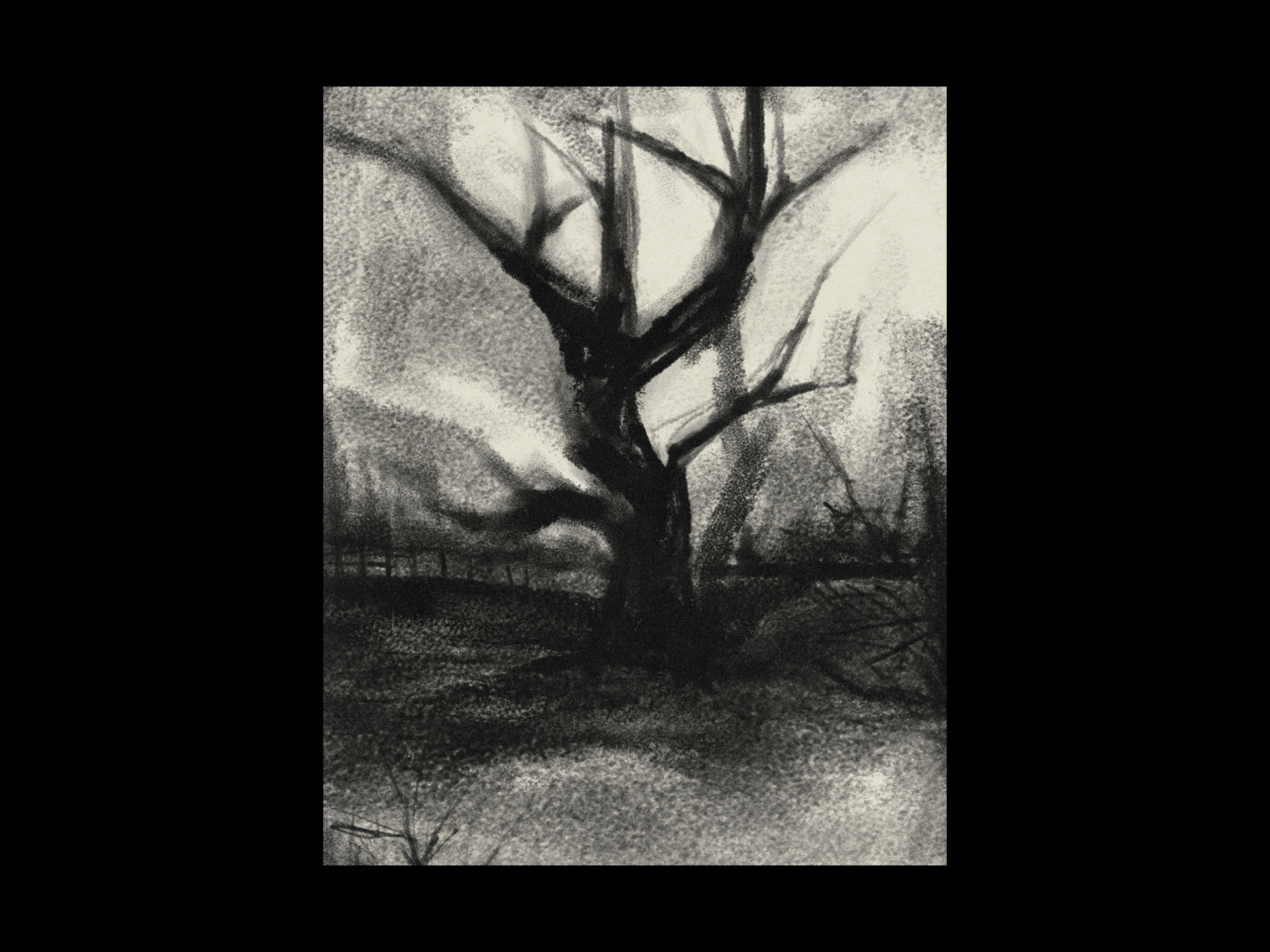
Expanding Your Skills
Exploring Blending Methods
Blending is a critical skill in charcoal drawing. You can use paper towels, blending stumps, or even the pads of your fingers to smudge the charcoal, creating gradients and soft transitions. Blending can provide a sense of three-dimensionality and realism to your drawings. Be mindful of your touch – heavy-handed blending can result in muddy or overworked sections.
Detail Work with Charcoal
Adding details is pivotal in finishing a drawing and bringing it to life. With a sharpened charcoal pencil, refine the features of your subject. Subtle lines can suggest texture or highlight intricate patterns. Consider using a kneaded eraser to lift off charcoal for highlights and to correct minor mistakes. Details should complement your drawing without overpowering the overall composition, so use them judiciously.
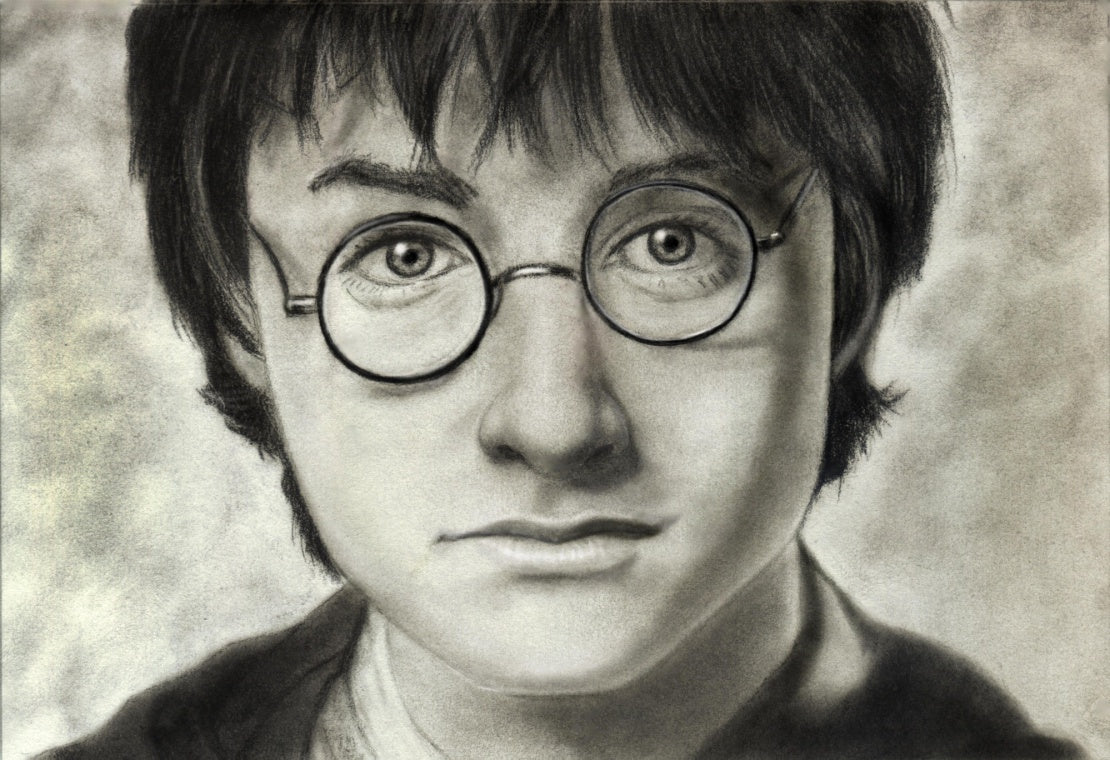
Avoiding Common Pitfalls
Controlling Dust and Preventing Smudging
Charcoal can be quite messy, and keeping your drawing clean requires deliberate effort. Work from the top to the bottom of your paper to avoid dragging your hand through areas you’ve already drawn. Keep a piece of paper under your hand as a shield, and fix your drawing with an artist’s spray fixative when complete to prevent smudging.
Regular Practice and Patience
Practice is essential when working with charcoal. Don’t get discouraged by mistakes; charcoal is a very forgiving medium, and errors can usually be erased or incorporated into your drawing. Patience is vital as you develop your skills – allow your technique to improve over time, and don’t rush the process.
Final Thoughts: The Journey of Improvement
Reflecting and Refining Your Style
As you become more comfortable with charcoal, take the time to reflect on the progress you’ve made and the style that’s emerging. Everyone has unique artistic traits, and the beauty of drawing is that it’s a personal journey. Continue refining your technique, but also pay attention to the aspects of your work that make it distinctively yours.
Embracing Creativity and Individuality
Ultimately, art is a form of self-expression. Charcoal drawing offers a range of possibilities to express emotions, interpret subjects, and tell stories. Embrace your individuality as an artist. Experiment with different styles and subjects, and don’t be afraid to break the rules sometimes to create something truly original.
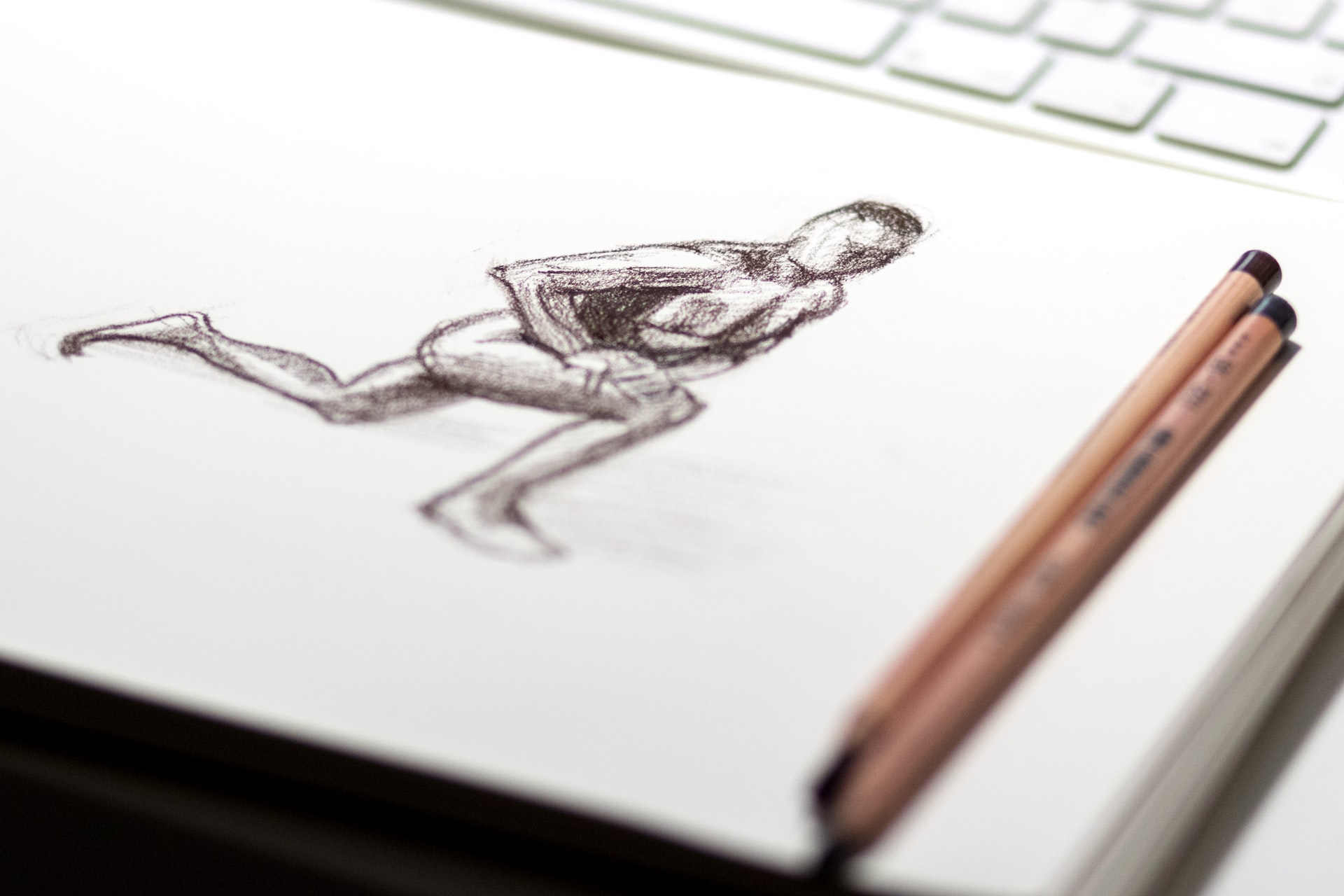
Refining Technique Through Practice
Building Confidence with Daily Sketches
To improve in charcoal drawing, daily practice is invaluable. Sketching regularly helps build muscle memory and confidence with your tools. Start with simple objects and gradually introduce more complex subjects. These quick studies are not about creating perfect pieces but rather about experimenting with shading, depth, and form. As you progress, your sketches will increasingly capture the essence and intricacy of your subjects.
The Role of Critique in Growth
Feedback is a powerful tool for artistic progression. Seek critiques from peers or mentors and apply their insights to your work. Alternatively, step away from a drawing for a day or two and return to it with fresh eyes to better evaluate its strengths and what could be improved. Constructive criticism, whether from others or yourself, can guide your focus toward areas that need more attention in practice.
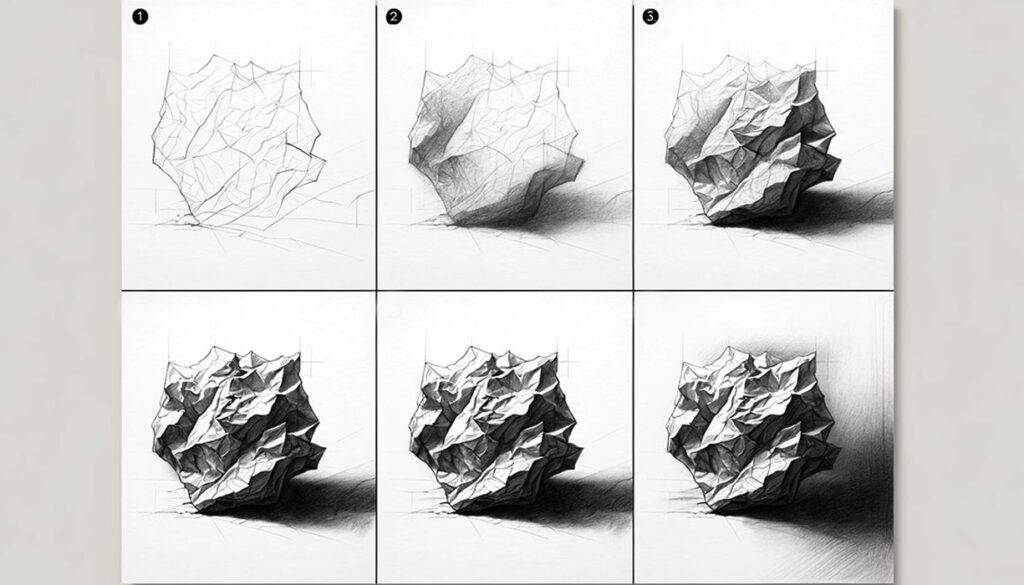
Leveraging Resources and Community
Learning from Tutorials and Classes
While self-discovery is vital in art, tutorials and classes can offer structured learning and new techniques. Many free and paid resources are available online, providing step-by-step guidance on charcoal drawing. Local art communities or colleges may also offer workshops, which add the benefit of live feedback and community support. Take advantage of these resources to expand your skill set and technique repertoire.
Connecting with Fellow Artists
Art is often seen as a solitary activity, but connecting with others can be highly beneficial. Joining art forums, social media groups, or local art clubs connects you with like-minded individuals who share a passion for art and can offer support, inspiration, and collaboration opportunities. These communities can be rich sources of motivation and learning, helping you to sustain your creative journey.
Charcoal drawing can be an incredibly fulfilling artistic endeavor, especially when approached with curiosity and open-mindedness. By utilizing these tips and tricks for easy charcoal drawing, aspiring artists can navigate the medium with confidence and creativity. Remember, each drawing is a step forward in your artistic journey—enjoy the process, learn from each piece, and don’t be afraid to let your art evolve as you grow and gain experience.